What’s next for green energy? The answer isn’t so clear

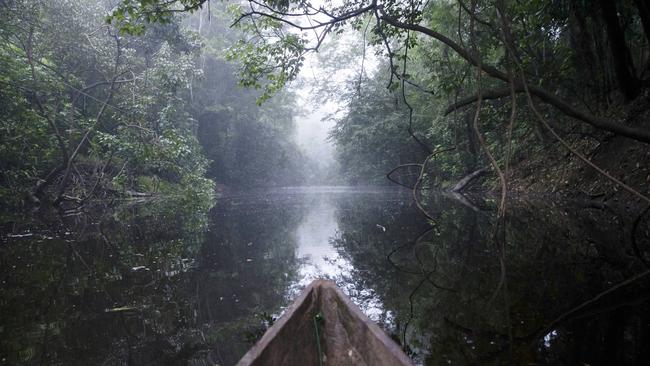
Each month funds are still sent to pay a guardian to watch over a private sanctuary of forest to protect it from loggers and safeguard the animals from poachers. It has always been a case of two steps forward, one back.
It doesn’t take long to learn that the watchers can quickly become the poachers, that Westerners value virtue over substance, will put profit over principle and comfort above all else. The big takeway from an ongoing Amazon association is that conservation doesn’t come cheap but given the chance to thrive, nature always wins.
THE NEW GREEN ECONOMY

Twiggy’s green ambition put to the test
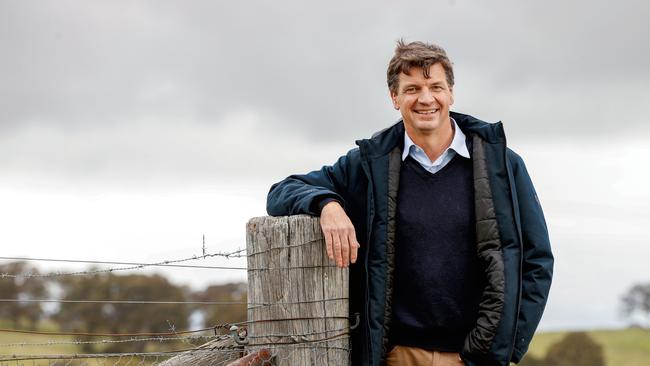
‘Cats can be herded if there’s a clear goal’: Angus Taylor
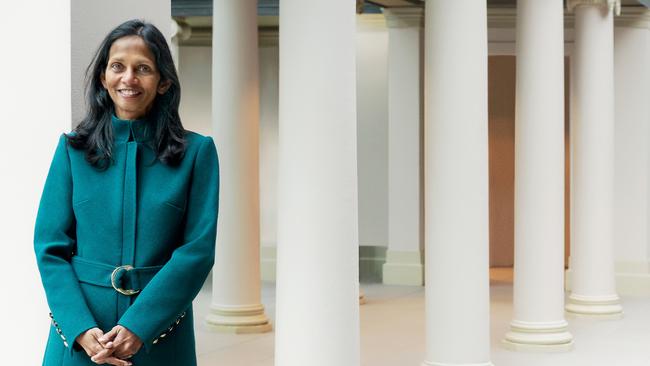
‘It’s our responsibility to be the adults’: Wikramanayake gets real
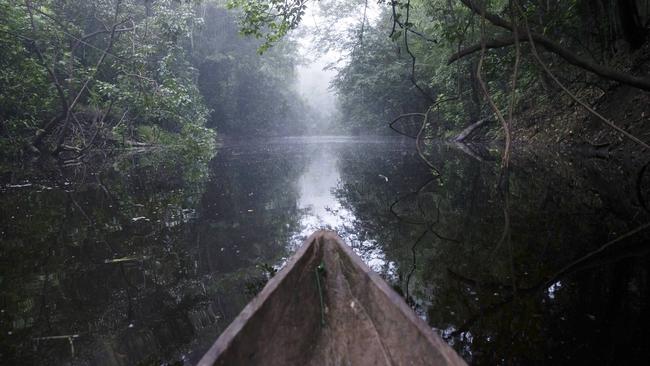
Is nature really at the centre of the ‘green dream’?
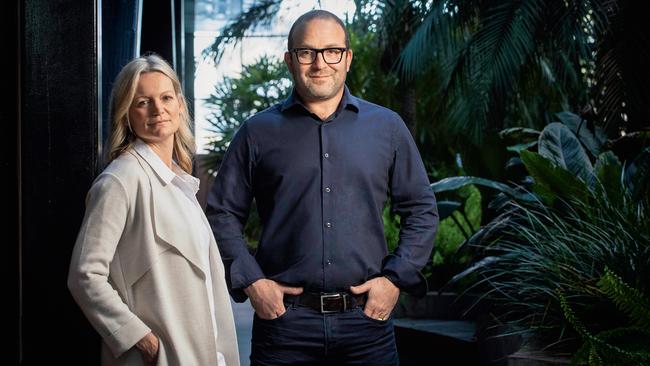
Rich-listers embrace climate shift

Why climate change is a business opportunity
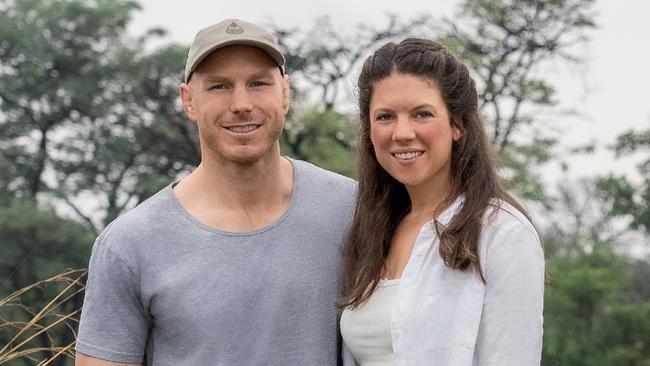
Rugby great takes climate fight to Canberra

Billionaire piles pressure on big Aussie polluters

Could your car power your house one day?

Cameron Adams on being a DJ loving climate warrior

The Australian names to know in sustainable food and wine
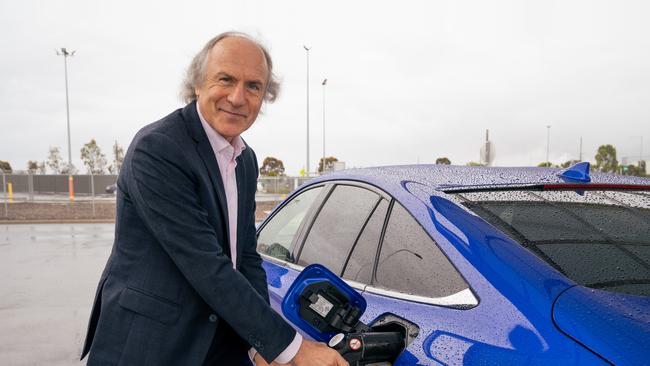
Alan Finkel: ‘Technology is enabled by government’

Climate solution may lie beneath our feet

Is this the cure for electric vehicle range anxiety?
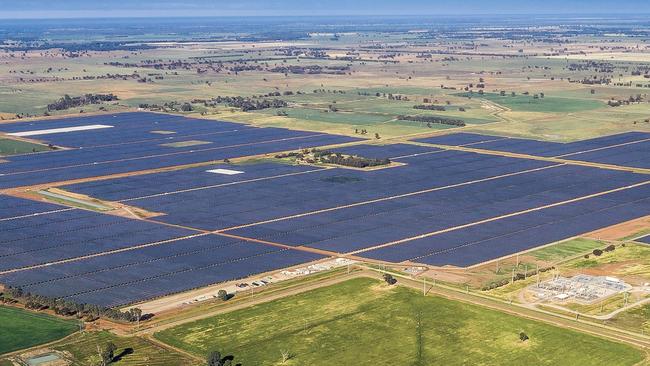
Solar plan set to shine

Six boundary-pushing tech innovations

Can an office be sexy … and sustainable?

The Australian denim brand leading the charge

Sky’s the limit: Inside Australia’s greenest buildings

Living sustainably is harder than it looks

Skincare brands put planet before profit
A swath of pioneering skincare brands are setting new low-impact benchmarks in the process.

Solid-state batteries ‘will secure EVs’ future’

The fashion innovators to know in 2022
For many conservationists there is an increasing disconnect between the corporate green dream and the best interests of the natural world. There is no doubt that green has become a mega-trend but does it really put nature at the centre of decision-making? Australian bureaucrats have been at the forefront of efforts to include environmental wellbeing as part of a measure of gross domestic product.
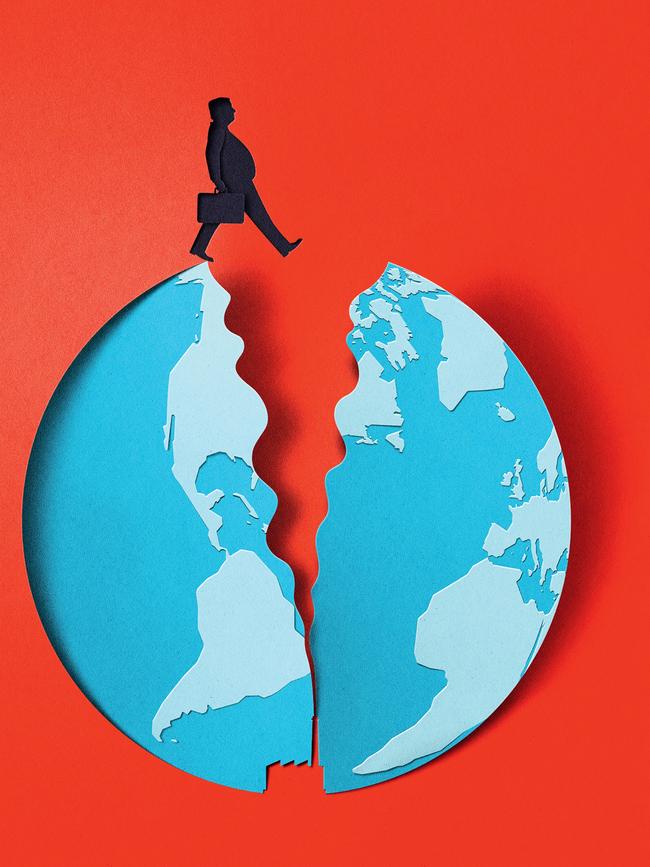
But the so-called fourth industrial revolution is being built on trillions of dollars of public funding against a backdrop of fervent existential crisis. Ironically, the solution being offered involves accelerating the rate of mining difficult to find and process minerals, often located in some of the world’s most biodiverse regions and impoverished communities. To reduce the use of fossil fuels, today’s green champions are prepared to blanket whole landscapes with industrial facilities. China has a desire to circle the world with power lines as part of a cross continental global electricity grid.
Australia is playing its part with the building of a solar facility of epic scale to send electricity via cable to Singapore. Tasmania’s wilderness and shoreline is being eyed off to host wind turbines that will produce power for the mainland, or hydrogen for export.
The evidence is that millions of birds globally are being chopped up or displaced from nesting sites as once-natural places are transformed into industrial lands. Vast complexes are being planned to suck carbon dioxide from the air to convert into industrial products or bury underground. These will be powered by hundreds of square kilometres of wind turbines and solar panels. What happens to the mountains of waste left when projects reach the end of their useful life?
Meanwhile, the obvious environmental problems are staring at us: overpopulation, feral pests, habitat loss, plastic waste, poor town-planning and the gross mismanagement of public lands. At the coalface, consumers claim to care about the planet but mostly can’t be bothered to drink coffee from a reusable cup.
There are many ways to look at it. Former Greens leader Bob Brown opposes the environmental and aesthetic threat posed by wind farms in Tasmania largely because the power is not needed in his home state. Brown favours frugality and self-sufficiency, the sentiment of which has been coined ecomiserablism. But more than two decades of talks at climate-change gatherings under the umbrella of the United Nations Framework Convention on Climate Change has proven the power of development over material denial. China and India will continue to pull millions of people out of poverty with whatever power they have at their disposal, which is mostly coal. In the developing world, universal access to electricity means education and opportunity that cannot ethically be denied.
Vast complexes are being planned to suck carbon dioxide from the air ... what happens to the mountains of waste left when projects reach the end of their useful life?
Two clear trends swim against the miserablist tide. Ecomodernism, spawned by radical environmental thinkers including Ted Nordhaus and Michael Shellenberger, contends that humans are capable of using technological innovation to solve critical environmental problems at the same time as allowing economic growth to eradicate poverty. They say that intensifying many human activities so that they use less land is the key to decoupling human development from environmental impacts. To get there, ecomodernists favour technology including genetic manipulation to increase crop yields and the development of dense forms of energy such as nuclear over solar and wind given both have a large footprint for the energy they produce.
Bill Gates has not declared himself an ecomodernist but believes existing renewable energy systems are incapable of meeting the world’s electricity needs because of their low energy density. He recently joined Google and fellow billionaire George Soros to invest a further $2.52 billion in nuclear-fusion research, a technology considered the holy grail of energy production – but it is not there yet.
Away from energy, the mega-trend is to extend the climate-change push beyond emissions. This involves putting the environmental services provided by nature on corporate balance sheets. As well as measuring emissions, companies could soon be encouraged to include credits for investments made in natural capital. Supporters believe that rather than being the problem many suggest, agriculture is a big part of the solution.
A stocktake of Australia’s natural environment demonstrates the high demand for action. In his review of the Environmental Biodiversity Protection Act, Graeme Samuel, the Australian Competition and Consumer Commission’s former head, said: “Australia’s natural environment and iconic places are in an overall state of decline and are under increasing threat. The current environmental trajectory is unsustainable”.
A snapshot of nature by the CSIRO published in December found Australia’s native wildlife and environment was under unprecedented attack from feral weeds and pests. The CSIRO report, Fighting Plagues and Predators: Australia’s path to a pest and weed-free future, said the single biggest menace is European rabbits, which infest two-thirds of Australia, followed by feral cats, pigs, foxes and cane toads. There are six million feral cats and up to 23 million feral pigs. Cane toads infest one million square kilometres.
Environmental charity Australian Wildlife Conservancy is on the frontline of action, pioneering the use of predator-proof fencing to breed up stocks of endangered species for release into areas where they’ve become regionally extinct. It is increasingly offering its services to government and the private sector.
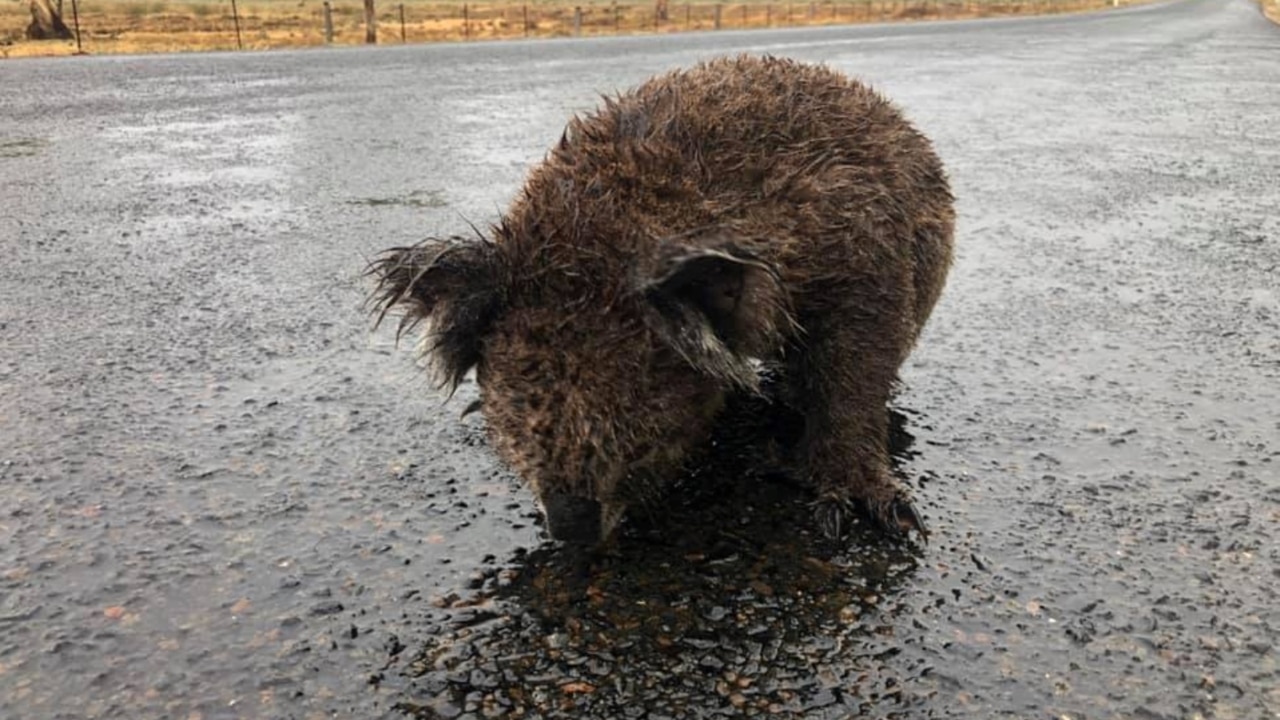
The next step is being pioneered by non-profits such as Accounting for Nature, whose heavy-hitting board members include the Wentworth Group founding member Peter Cossier, former deputy Australian statistician, Peter Harper, and former NAB chair and Treasury secretary, Ken Henry.
Accounting for Nature is bringing credibility to measuring improvements in land condition and biodiversity. Funding environmental management through the sale of exchange-traded units will eventually follow. Initially, biodiversity will be included as an additional component of Australian Carbon Credit Units used by companies to meet their individual net-zero targets.
The concept is being trialled through the Queensland Government’s Land Restoration Fund where carbon permits include a premium for biodiversity. Henry says once ACCUs are traded on the exchange they will have other things stacked on top to increase the value for corporations and to assist biodiversity along the way.
“Who knows how much a private market might be willing to pay for environmental enhancement?” Henry says. “We don’t know the answer to that question but we will find the answer once these things are traded.”
Monetising land repair opens the way for proper management of lands and large-scale mapping and protection of biodiversity corridors for wildlife. AWC science communicator, Joey Clarke, says carbon credits are a one-dimensional measure of how well you manage land. The conservation movement is looking for a much broader, more comprehensive evaluation of good land management and biodiversity needs to be part of that.
Looking after the land makes sense and, done well, it means better productivity for landholders and a greater chance of survival for native species. The lesson from the Amazon is that in the end, someone has to pay. Good intentions will only go so far.



A decade ago, with solar panels on the roof and an orchard bearing fruit, I started buying rainforest in the Amazon jungle, convinced that trees, not energy, were the answer to the world’s environmental problems.